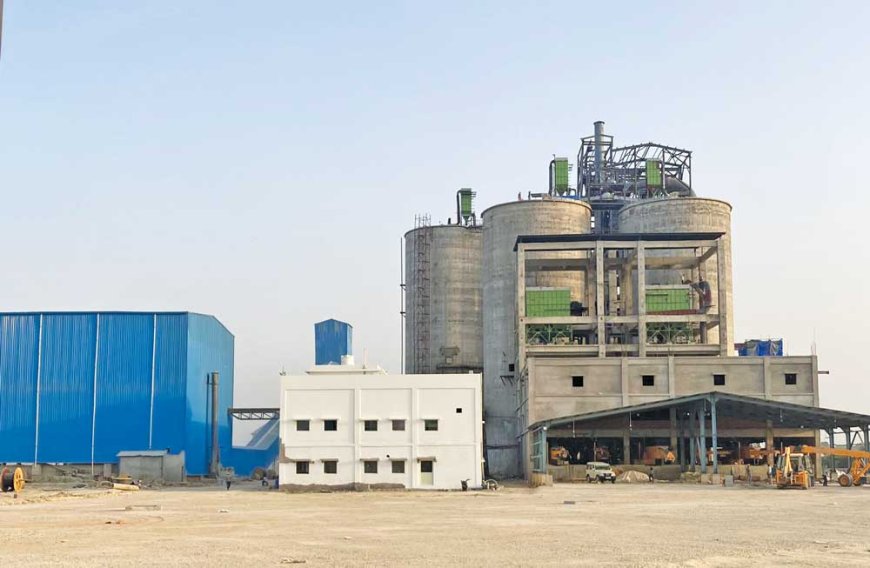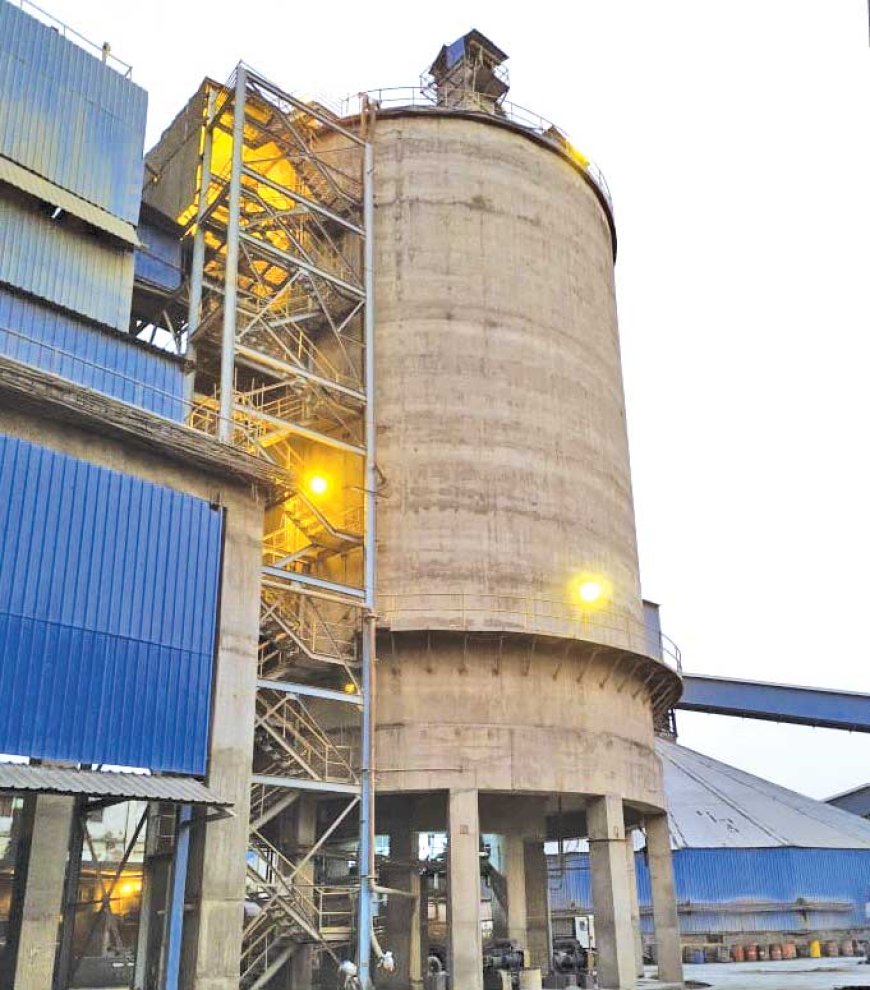Digitalization is an effective solution for many problems of cement industry

Vishal Kanodia,
In cement industry, digital technology plays a vital role in enhancing energy efficiency and sustainability in cement plants, a sector known for its substantial energy consumption. Data science is often used in the energy optimization and others areas, for example, automated systems can proportionate the composition of raw materials after getting quality feedback of raw meal, intermediate calcined raw meal, cement and clinker sample checking by Robot Lab and optimize the firing temperature of kilns to produce high-quality clinker finally followed cement with minimal specific heat consumption and optimized power consumption. The use of digitalization and automation has also improved the safety of cement manufacturing processes. One such technological advancement is the integration of supplementary cementitious materials (SCMs) like fly ash, slag, calcined clay, metakaolin, ultrafine GGBS and silica fume, which not only reduce the carbon footprint of cement production but also enhance its durability and strength.

Digital technologies for better productivity and enhanced efficiency
The cement industry is particularly energy-intensive industry. It is responsible for around 6 to 8% of global CO2 emissions, and almost a quarter of all CO2 emissions caused by the industrial sector all across the world. For this reason, there is a necessity for the sector to reduce its carbon emissions, and the number of legal and environmental restrictions are growing. However, the cement manufacturing process is complex and this can make energy optimization harder to achieve. For example, fuel and electricity requirements depend on many factors, such as:
· The quality of cement manufactured
· Cement-methods used
· Configuration of firing lines, storage of materials
· Environment control equipment performance levels, choice of fossil or alternative fuels
· The chemical composition of raw materials (Raw Mix Design)
· Firing system control, heat and gas flow control in the system.

Fortunately, digitalization is an effective solution for many problems of cement industry. Digital tools are an efficient way for the industry to achieve a first level of Global Sobriety before proceeding with more impactful investments. De-carburization can be achieved through a range of different technologies such as carbon capture, storage & utilization (CCSU), alternative fuels, clinker reduction, or the production of novel cements. However, these new technologies bring their own complexities in the production process, as well as an element of uncertainty around results. For this reason, the implementation of digital tools while monitoring the whole supply chain is the first logical move before proceeding with such investments.

More reliable and transparent information can be collected. Digital tools can give the right information to the right person at the right time. Information can be cross-referenced, and influencing factors can be identified and correlated into dashboards. It can help create highly accurate models. METRON’s digital tools establish baseline scenarios into customized dashboards - the indicators revealed by digitalization help cement manufacturers continuously optimize energy consumption, identify drifts and detect areas of savings in order to act sustainably on the systems operation both upstream and downstream from the rotary kiln. The big picture can be shared with stakeholders at all levels. Not only is digitalization useful at site level but also at corporate levels, as it can be used by the corporate teams in charge of large-scale programs and cross region roadmaps. Instead of losing time on manual reports, operators can focus their attention on other important tasks and operators can become more empowered by consolidating the knowledge base of the cement plant's industrial process and displaying information to monitor and optimize the plant, digitalization guarantees sustainability of expertise and know-how, while helping reduce costs and carbon emissions. It’s also part of all activity related to change management occurring during the digitalization process, bringing new sets of skills and creating meaningful missions among the teams.
Digital transformations
Digitalization is the way forward for the cement industry. Industry 4.0 brings with it, tools that will help manufacturers in determining the desired product quality. Cement companies can transform their processes through various technologies to improve power optimization, efficiency and sustainability. One such technological advancement is the integration of supplementary cementitious materials like fly ash, slag, calcined mud, metakaolin, ultrafine GGBS and silica fume, which not only reduce the carbon footprint of cement production but also enhance its durability and strength. In Kanodia Cement Limited, we are undertaking Digitalization and Automation, Carbon Capture, Utilizations & Storage (CCUS), Sustainable practices likes reduce waste, conserve natural resources, promote social responsibility etc.







